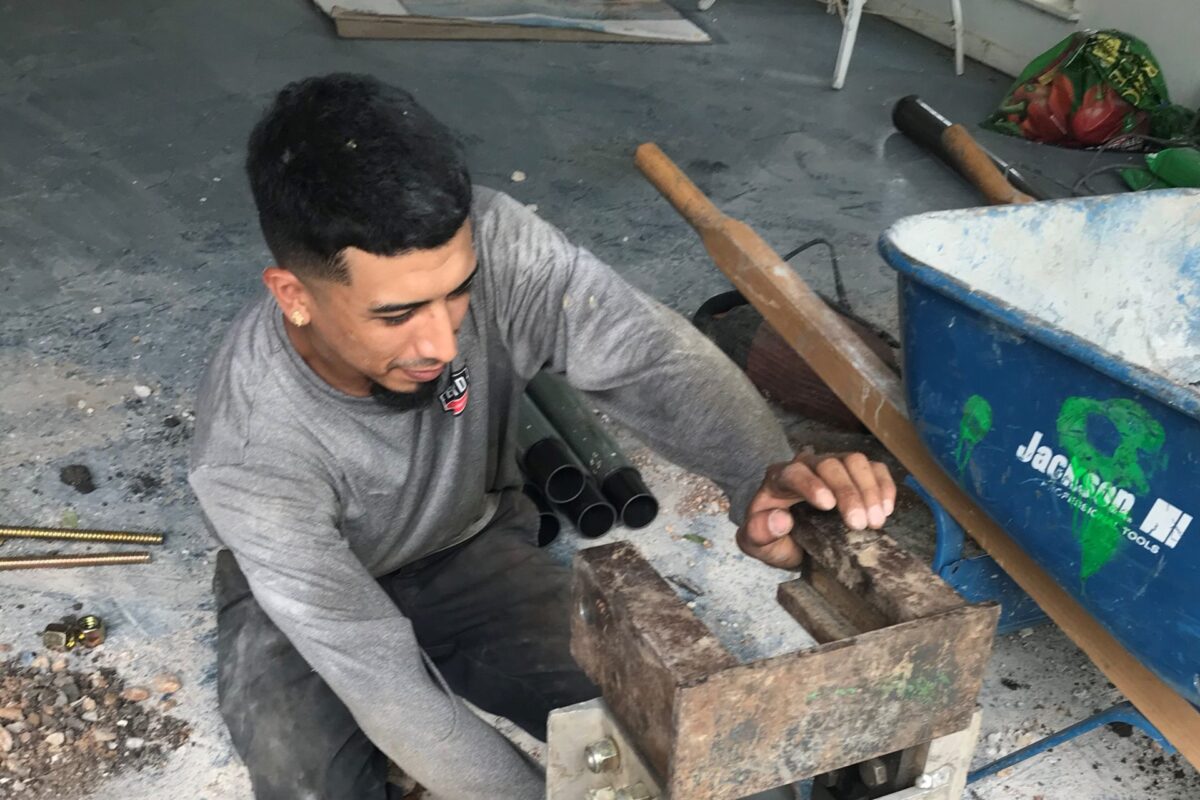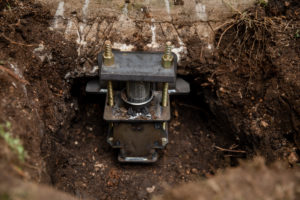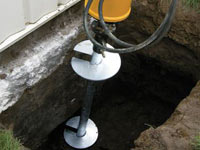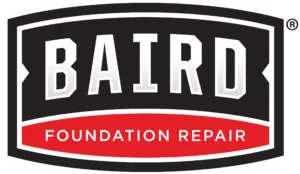
Types of Foundation Solutions: Push Piers or Helical Piers
When property owners hear the words “foundation repair,” it can seem devastating at first. The good news is, it doesn’t have to be. Through the use of foundation repair piers, a relatively quick and minimally invasive process can result in a permanent solution.
Foundation Repair Services
As an established foundation repair company in Texas, Baird Foundation Repair deals with many different types of foundations. There are concrete foundations, wood foundations, pier and beam foundations, and raised foundations among others. But the most popular ones we work with are concrete slab foundations and pier and beam foundations.
There are many different types of foundation solutions but we most commonly use steel push piers or helical piers. Both heavy-duty steel pier systems work by transferring the weight of the structure through unstable soil to a more competent soil level. Although they share some similarities, the type you use depends on the weight of your structure. The following is some information about these two systems and what they offer for your home’s stability.
Signs You Need Foundation Repair
If you’re unsure if you need to pursue serious foundation repair, look around your home for these signs:
If you have any of these issues, it is time to look into repairs. Before jumping into what can be a costly and time-consuming project, do your research to determine which product is right for your specific needs. Push piers and helical piers are two of the most common foundation repair methods for both residential and commercial structures.
Push Piers
Also known as steel piers, push piers are made of steel and are installed hydraulically. They reach from your foundation down through the soil and into the most stable level of bedrock available. The weight of the home is then transferred through the piers down into soil, giving you a stabilized, steady foundation that is reliable for years to come.
soil and into the most stable level of bedrock available. The weight of the home is then transferred through the piers down into soil, giving you a stabilized, steady foundation that is reliable for years to come.
Push piers are a low-risk, high-value solution, especially when local soil conditions are unknown. They help lift your home back into its original position, cause minimal ground disturbance, and can help restore property value. They’re also quick to install. The only time you may not want to use push piers is when you want to support a lighter structure such as a stoop or deck, since these structures are not heavy enough to drive the piers down to the appropriate level of earth.
Helical Piers
Helical piers, like push piers, are also made of steel, and are fitted with helical plates giving the piers a screw like appearance. These piers can reach a much deeper level of soil than push piers because they are installed in individual sections and extensions. Helical piers are mechanically screwed into the ground until the appropriate depth and capacity are achieved.
Helical piers are a great way to reinforce a home’s strength, lift the home back into its original position, and close any cracks caused by settlement. They are best used when local soil conditions are known, and the accurate depth of installation can be determined before installation.
Common Traits of Push and Helical Foundation Repair Piers:
- Year-round installation
- Installation from either inside or outside the home or structure
- Lift the foundation back to its original position
- Offer permanent solution to foundation issues
- Typically faster installation process than other methods
- Create minimal disturbance during installation
Baird Foundation Repair installs both push and helical foundation repair piers, and only choose the best option after a careful inspection and evaluation. To get a free evaluation and quote that will leave you with a better understanding of the foundation issues at work in your home or business, contact Baird Foundation Repair. We proudly serve San Antonio, Corpus Christi, Houston, Austin, and surrounding areas.
foundation repair , helical piers , home repairs , push piers , soil conditions , south texas construction , stabilize foundation , steel piers
